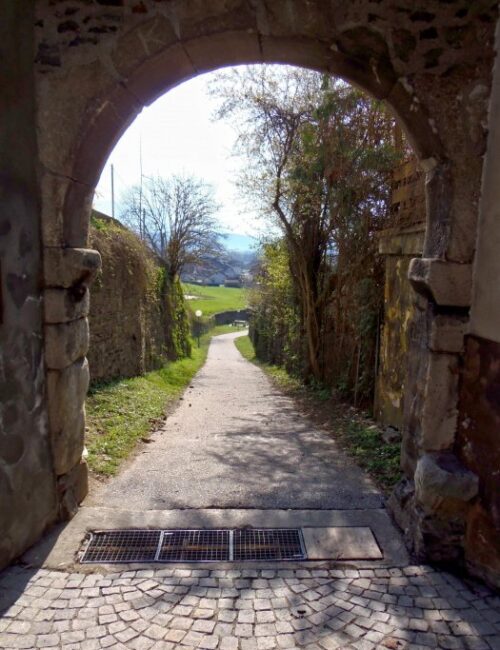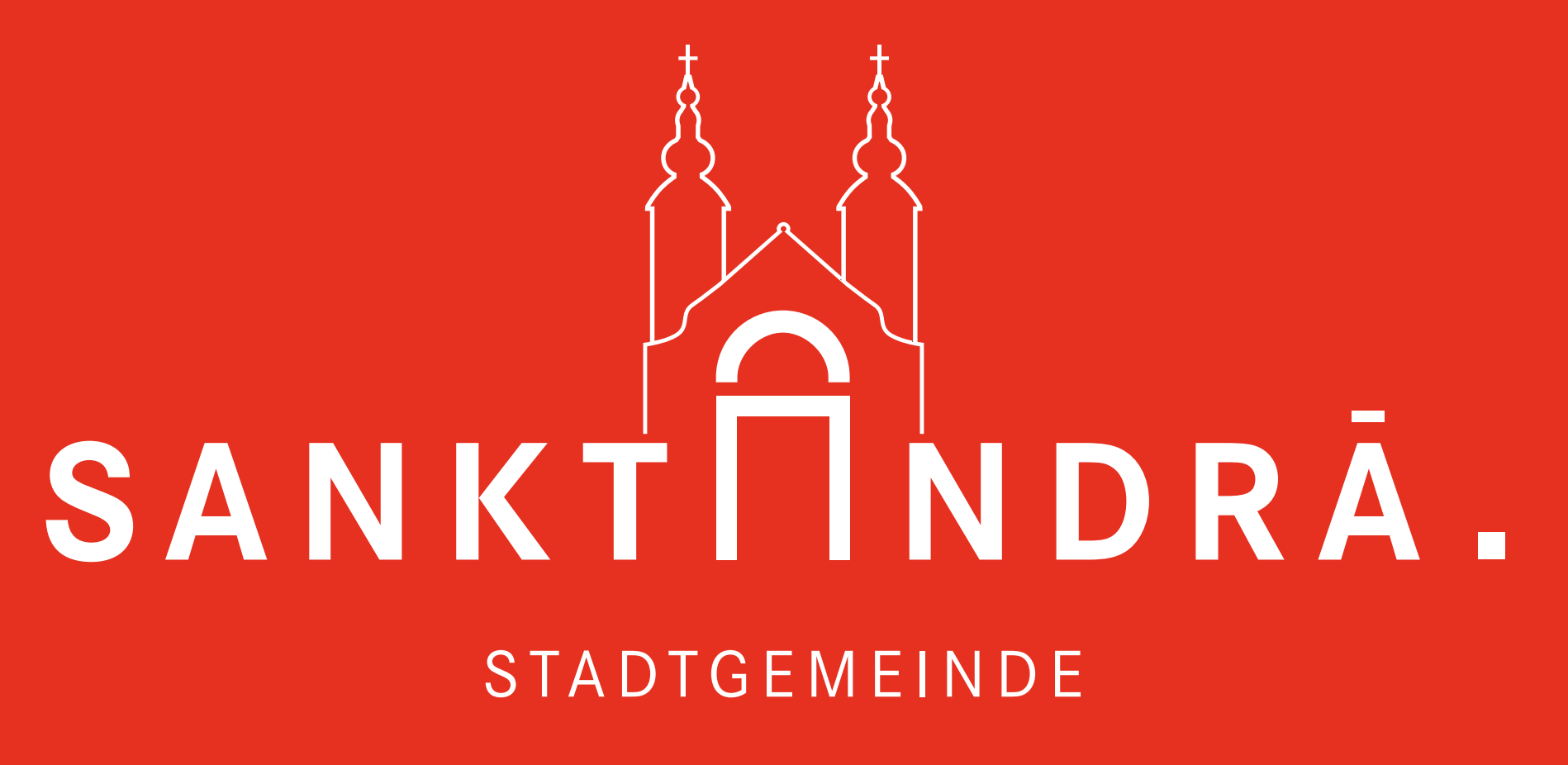City Wall and City Gates
The right to fortify St. Andrä was certainly sought by Archbishop Heinrich, probably due to the conflicts among the nobles of the Lavant Valley during a period of pledging the Bamberg possessions in Carinthia to Count Ulrich von Pfannberg from 1335 to 1343.

These disputes clearly highlight the importance of fortification for a city in that era. The fortification through walls, ramparts, and moats was of utmost significance for the city's security and prevented its conquest on several occasions. Some documents also indicate that the expansion and reinforcement of the walls were among the specific tasks entrusted to the citizens.
There is also a document from 1587 in which, for example, the construction of a passageway on the city wall was ordered.
The oldest preserved city gate is located in the south of the city, where remnants of the city wall can still be found. This gate still serves as an entrance to the "Tränke" in the Blaiken. The gate was constructed in 1339 during the fortification of the city in the time of Albrecht II of Austria and is among the earliest witnesses of the city's existence.
Upper Town with Krametter Department Store: Along the street, you can see the remnants of the old city gate leading towards Wolfsberg (columns of the gate arch). Behind it is the house of the blacksmith Franz Unterkircher, specializing in horseshoeing and wagon work.
The Lavant Valley was already of great importance in terms of transportation geography during Roman times. Numerous traces of ancient Roman roads can be found throughout the valley, bearing witness to a lively trade and travel network in the past. Three Roman roads passed through the municipal area.
Epigraphic testimonies from Roman times are located within the city gate arch, in the crypt of the parish church, and on two stone tablets in the Elisabeth House.
Municipality St. Andrä
Lavanttal / Carinthia / Austria
St. Andrä 100
9433 St. Andrä
Tel: +43 (4358) 27 10 / 40
Fax: 43 (4358) 27 10 / 49
E-Mail: mailto:kultur@st-andrae.at

